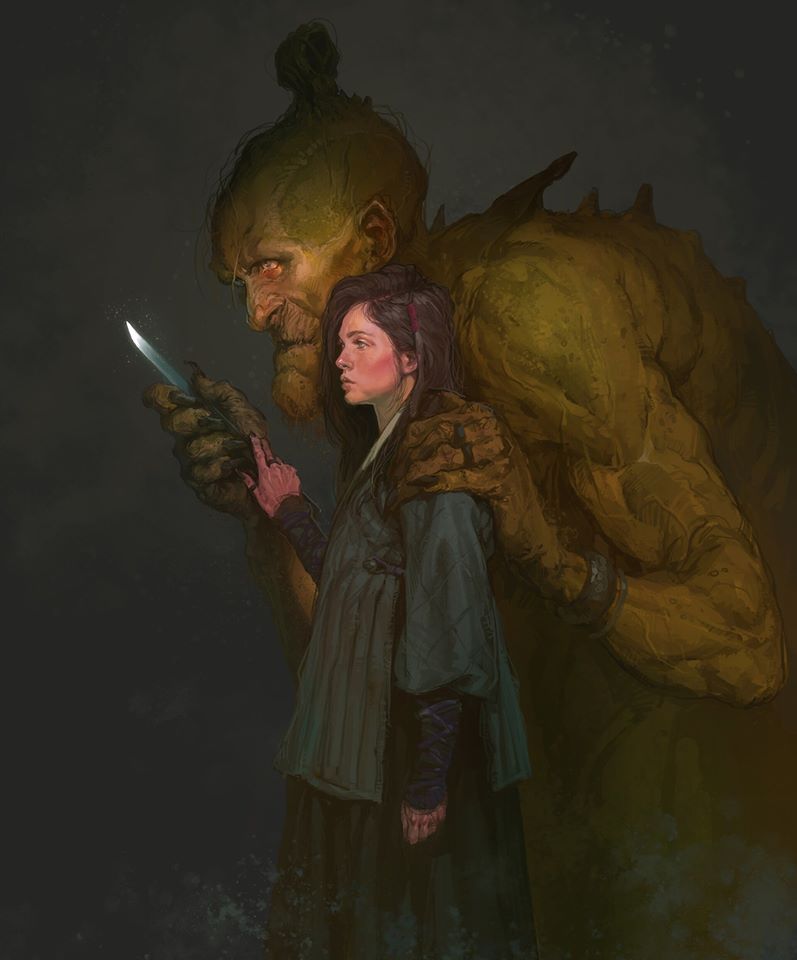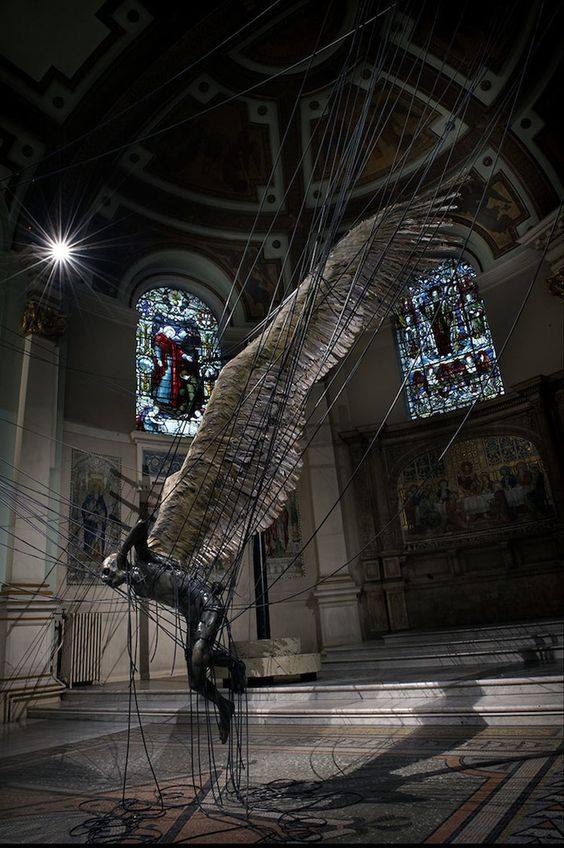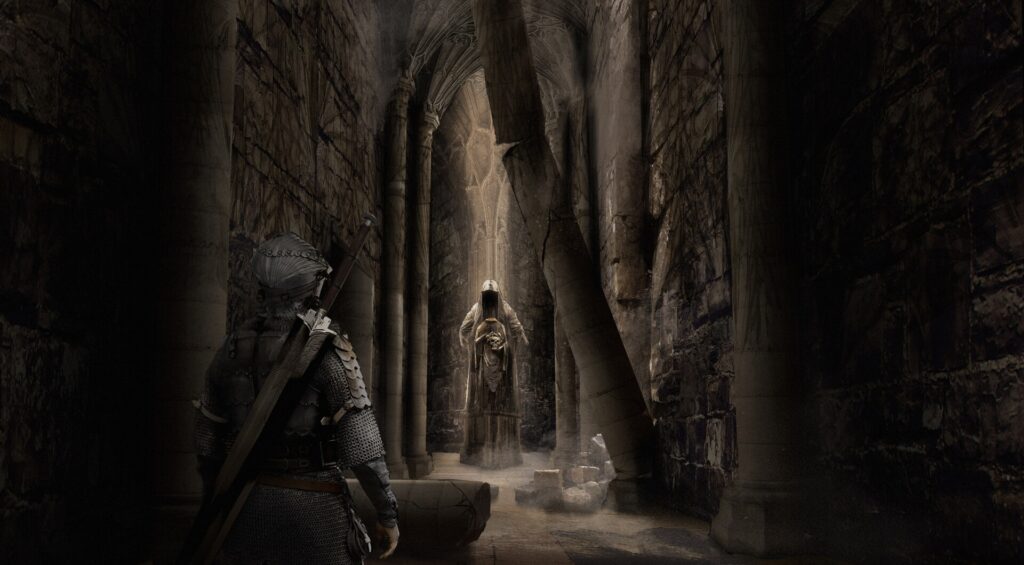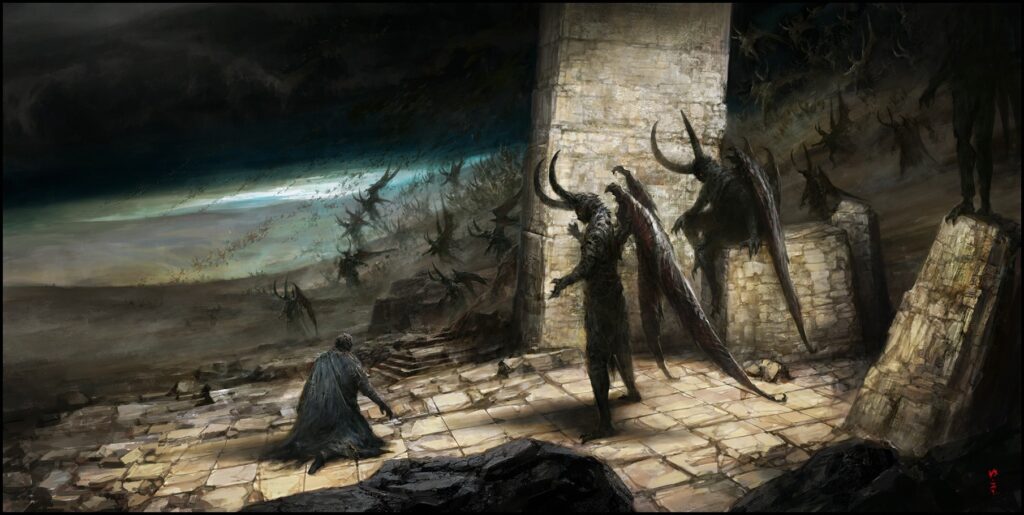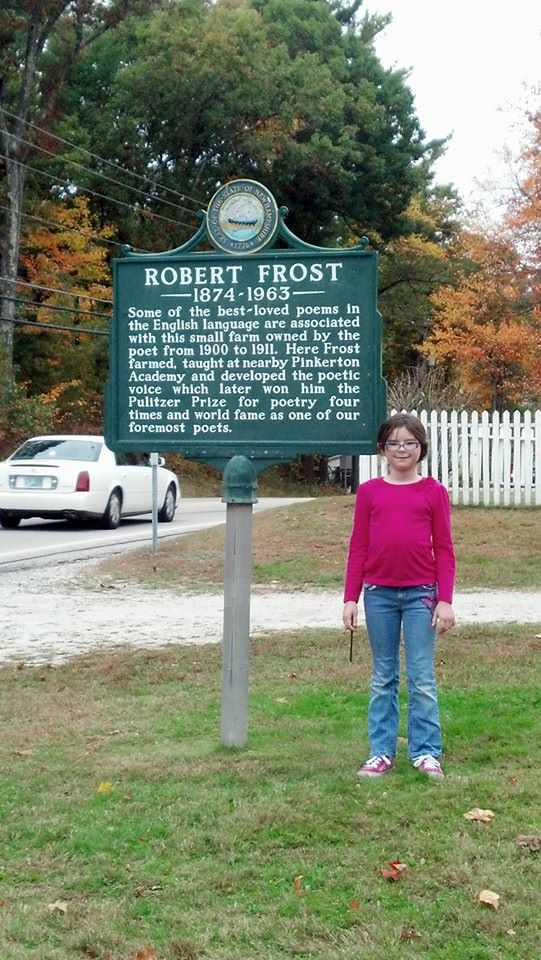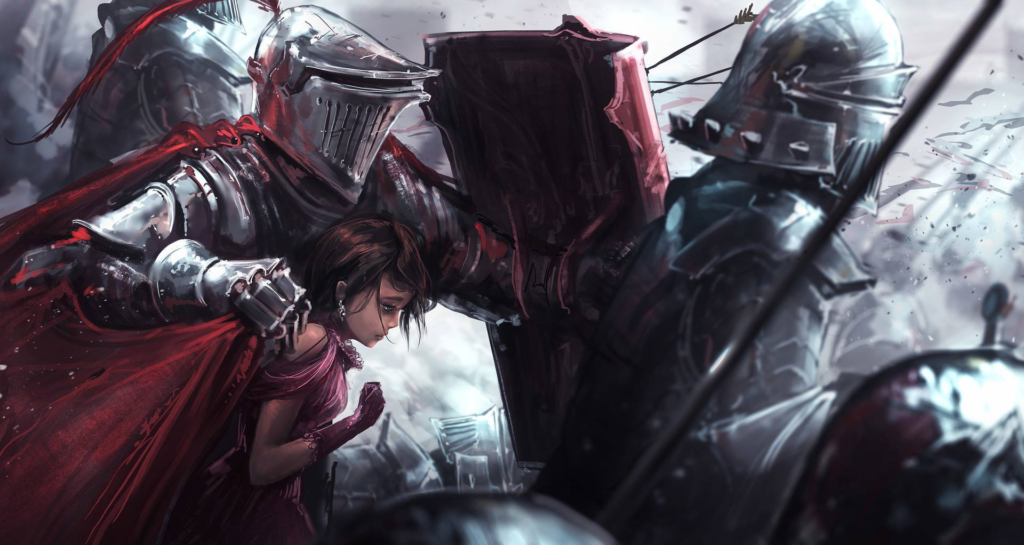One of the panels I was on at Philcon was titled “A Creative Apocalypse” and the description was, “What creative and original – but scientifically plausible – ways are left for storytellers to destroy the world?”
I kind of struggled with this question initially. Creative I can handle, it’s the scientifically plausible that I was worried about. Part of me really wanted to separate out destruction of all human life from actual destruction of the planet, but that line of discussion didn’t get far. Not much of a story without the people (still horribly narcissistic if you ask me).
Then I seemed to recall something about massive ant colonies that spanned across vast distances. I didn’t have a chance to do any research on it, but it was in the back of my mind that I had seen this so I presented it (when I could) at the panel. I find a plague of bugs to be a less than ideal concept for the end of the world (YUCK!).
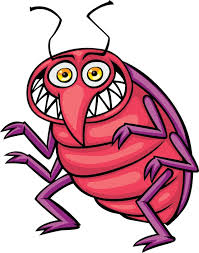
I took a moment to see if I could find the information I remembered and found this fun little piece about floating colonies of fire ants in Texas.
Smacking into one of those would certainly ruin your day, but it wasn’t what I remembered. Hunting a little more brought me to the mega-colony. Yes, it was a huge colony and it actually reaches far further than I seemed to recall. Crossing continents. Almost all of them, and they don’t’ seem to fight each other. This could be very bad news for people should these bugs ever band together.
A sharp-eyed friend of mine then pointed me to a whole different point of view. What if all the bugs GO AWAY?
Turns out we need them. We need as many variations and weird combinations as we can keep. We need to learn as much as we can to preserve ourselves. The bug-pocalypse could just be that we don’t have any. A distressing thought indeed. Now to turn that into a world ending story…

